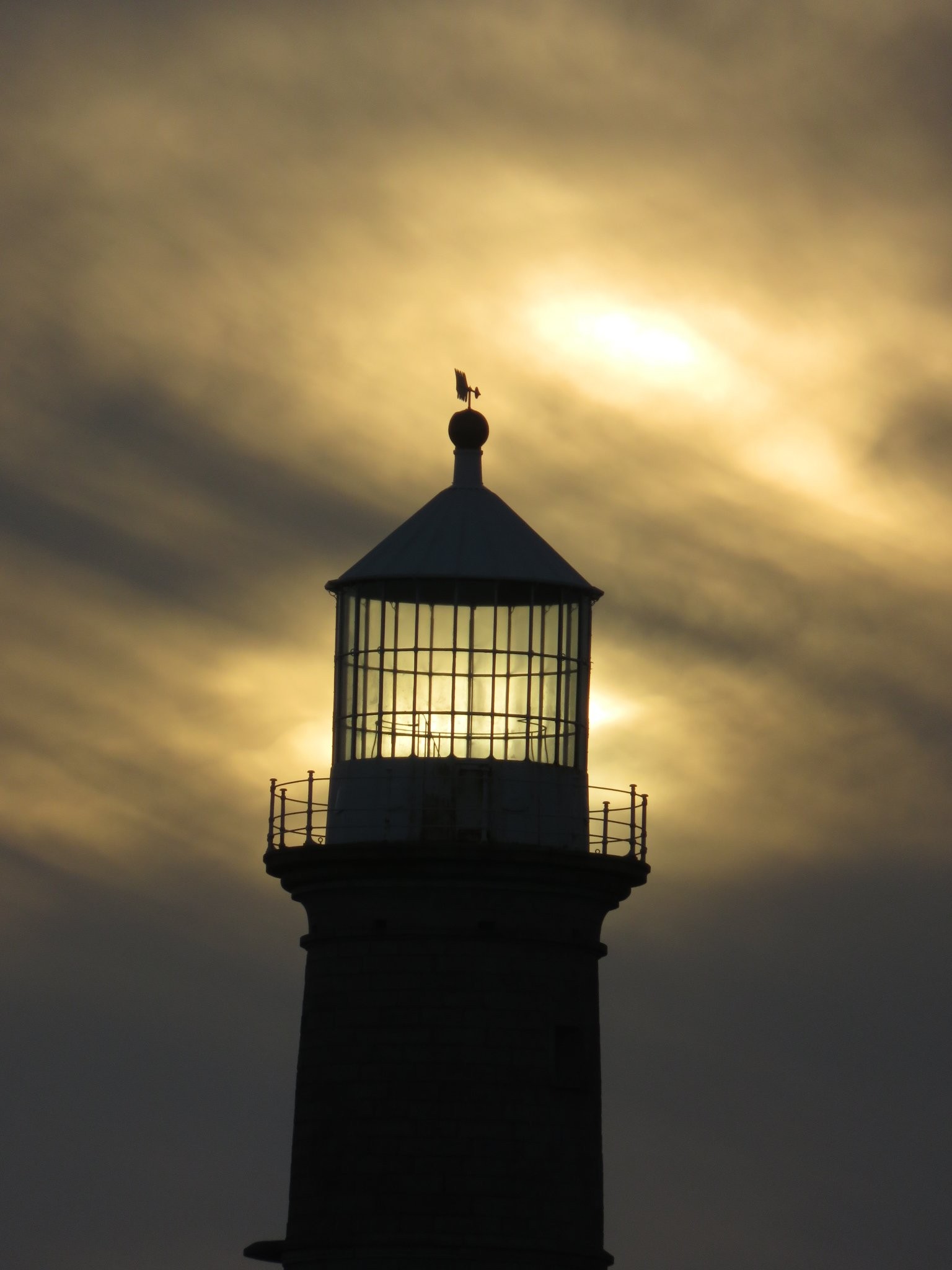Descrizione
Lying about 20km off the north coast of Devon, Lundy is a barren and windswept island in the Bristol Channel. The island is owned by the National Trust and managed by the Landmark Trust. Accommodation, including a campsite, is available on the island. Latest bird sightings are posted at the Marisco Tavern in the south of the island. Predominantly of interest for spring and autumn migrants, but also of interest to the birdwatcher throughout the year. Ground-nesting birds have seen improved nesting success after the brown rats had been removed from the island.
Some of the birds you can see on the island and at sea are Fulmaro, Berta minore atlantica, Uccello delle tempeste, Marangone dal ciuffo, Smeriglio, Piviere tortolino, Piovanello violetto, Piovanello pancianera, Chiurlo piccolo, Chiurlo maggiore, Piro piro piccolo, Piro piro culbianco, Voltapietre, Zafferano, Gabbiano reale nordico, Mugnaiaccio, Gabbiano tridattilo, Uria, Gazza marina, Pulcinella di mare.
Dettagli
Accesso
Lundy can be visited by boat (MS Oldenburg) from Bideford or Ilfracombe in North Devon. When the ship is unavailable (i.e. in the winter), transport is by helicopter.
